Sarangchae de Cheong Wa Dae (청와대사랑채)
1.1Km 2025-08-20
Hyoja-ro 13-gil 45, Jongno-gu, Seúl
Sarangchae de Cheong Wa Dae es un espacio donde los visitantes pueden aprender sobre cultura coreana y la historia de los presidentes de Corea. Los visitantes pueden también conocer algunas anécdotas e historias relacionadas con Cheong Wa Dae y sentir el encanto de hacer turismo en Corea.
Rito Real Ancestral Daeje de Jongmyo (종묘대제)
1.1Km 2025-04-10
Jong-ro 157, Jongno-gu, Seúl
1522-2295
Siendo uno de los primeros en ser registrado en la lista de Patrimonio Cultural Intangible de la Unesco, el Rito Real Ancestral "Jongmyo Jerye" es un Patrimonio Cultural Intangible de Importancia y la Música Ritual Real Ancestral “Jongmyo Jeryeak” es un Patrimonio Cultural Intangible de Importancia de Corea. La combinación de estos valiosos patrimonios es el Daeje de Jongmyo, que se celebra el primer domingo del mes de mayo de cada año. Este evento de gran dimensión y escala. Un total de 1.200 personas intervienen en este gran acontecimiento. El evento más importante es el desfile de la realeza del período Joseon, que parte desde el palacio Gyeongbokgung, pasa por las calles Sejong-ro, Jongno 1(il)-ga, 2(i)-ga, y 3(sam)-ga, hasta llegar al Santuario de la Realeza Jongmyo.
El Rito Ancestral consiste en rendir homenaje a los antepasados del reino, de los reyes y reinas del período Joseon, en la antigüedad se celebraba 5 veces al año, en primavera, otoño, invierno, verano, y en diciembre, pero fue suspendida por la invasión japonesa. Luego se ha restablecido desde el año 1969, teniendo lugar hasta la actualidad, el primer domingo de mayo de cada año.
El Santuario Jongmyo, fue el lugar en donde se celebraba el rito ancestral durante la época Joseon, en un principio era el nombre que se le añadía al lugar en donde se conservaban las tablas ancestrales de los reyes y reinas, pero actualmente descansan en él los príncipes que han muerto antes de llegar al trono, sus reinas correspondientes, y también de otros patriotas que han contribuido en el desarrollo de la nación. El desfile, acontecimiento principal del evento, consiste en el recorrido del Rey y el Príncipe en el carro a caballo, y los supuestos funcionarios hacia el Santuario Jongmyo. La representación está compuesta por toda la marcha completa, por el equipo de seguridad, funcionarios civiles y también los militares. El servicio religioso comprende de tres principales pasos, basados en la doctrina confuciana, el primer paso es el “Recibimiento de Dios”, el segundo paso “Recreación de Dios”, y por último, la “Despedida de Dios”, y, la celebración de estos pasos está acompañado por la Música Ritual Real Ancestral “Jongmyo Jeryeak”, que se llevará a cabo con cantos e interpretaciones musicales de los instrumentos tradicionales. También estará representado por la danza tradicional “Palilmu” que consiste en un baile grupal formado por 64 bailarines.
La Música Ritual Real Ancestral siendo una creación del Rey Sejong, fue designado Patrimonio Cultural Intangible durante el reinado del Rey Sejo, y es la denominación general que se le otorga a todo el conjunto de cantos y bailes que se ejercen durante la celebración del ritual. Entre los principales cantos y bailes que se presentan en este ritual se destacan: el canto “Jongmyoakjang”, cuyas letras se basan en los elogios por los logros civiles y por las hazañas militares de los reyes de Joseon, y entre los bailes están “Botaepyeongjimu”, “Jeongdaeeopjimu”, etc.
Museo de Arte Daelim (대림미술관)
1.1Km 2025-04-18
Jahamun-ro-4-gil 21, Jongno-gu, Seúl.
Es un museo de arte correspondiente a la firma Daelim, fundada originalmente en Daejeon en el año 1996, pero en 2002 se ha trasladado al distrito de Jongno, Seúl. Se dedica al estudio y análisis del arte contemporáneo mediante la fotografía, motivo por el cual las obras exhibidas son piezas fotográficas. También cumple la función de fomentar y respaldar a los artistas principiantes para que puedan ejercer su oficio y contribuir para la nueva eclosión cultural y artística. El edificio del museo se encuentra ubicado en la cercanía del palacio Gyeongbokgung. El diseño arquitectónico lo ha realizado el francés Vincent Cornu, y de la construcción se ha encargado la compañía Daelim. El piso 1 está compuesto por el jardín, estacionamiento, sala de recepción, depósito, sala de reunión, etc., y, en los pisos 2 y 3 están las enormes salas de exposición y oficina, y finalmente en el piso 4 encontrará un seminario con capacidad para 120 personas y un balcón desde donde se observa un paisaje hermoso. Una de las peculiaridades resaltantes de este museo es que fue diseñado teniendo en consideración la temperatura, la humedad y el reflejo de luz que deben tener las obras.
Barrio Seochon (서촌마을)
1.2Km 2024-04-18
Pirun-daero 45, Jongno-gu, Seúl.
Groundseesaw Seochon (그라운드시소 서촌)
1.2Km 2024-04-19
Jahamun-ro 6-gil 18-8, Jongno-gu, Seúl
Parque Waryong (와룡공원)
1.2Km 2022-05-02
Waryonggongwon-gil 192, Jongno-gu, Seúl.
Es un parque inaugurado en el año 1984, que se encuentra ubicado en el barrio de Myeongnyung-dong, distrito de Jongno-gu, Seúl. Lo encontrará bajando desde la roca Malbawi, por el camino de la Muralla de Seúl. En sus cercanías están ubicados los parques: Samcheong, Changgyeong, y el Parque Natural del Monte Bugaksan. Presenta la forma de un dragón acostado, que es de donde proviene el nombre “Waryong” (significa dragón acostado según los caracteres chinos).
La poca profundidad de tierra que tenía el parque dificultaba la forestación, por lo que solo disponía de algunas acacias. Pero mediante la participación de los ciudadanos en una campaña de plantar mil árboles, se ha logrado convertirlo en un parque verde y abundante.
En particular, en la época primaveral se cubre de flores de todo tipo: de la colza, del albaricoque, de la azalea, de la forsitia, etc., y consta de instalaciones deportivas como campo de bádminton, centro de aeróbics y gimnasio, entre otros.
Granhand Seochon (그랑핸드 서촌)
1.2Km 2024-01-30
Jahamun-ro 4-gil 14-2, Jongno-gu, Seúl
Parque Tapgol (탑골공원)
1.2Km 2021-12-30
Jong-ro 99, Jongno-gu, Seúl
+82-2-731-0534
También conocido como Parque Pagoda, el Parque Tapgol, localizado al lado del templo Weongaksa de la era Joseon, es el primer parque moderno construido en Seúl. El remplo Weongaksa era conocido como templo Heungboksa durante la dinastía Goryeo, pero fue renombrado cuando fue ampliado durante los inicios de la era Joseon. Sin embargo, fue destruido durante el reinado de Yeonsangun y Jungjong debido a la fuerte política de represión hacia el budismo. Más adelante, un parque occidental fue contruido a propuesta del inglés John Mcleavy Brown, pero no hay información precisa sobre la razón y la fecha. El parque contiene varios tesoros nacionales, incluidas la placa que conmemora el movimiento independentista Wongaksaji y la estatua de Byeong-hee. El parque es de gran valor histórico y un espíritu nacional al ser el punto de inicio de la Protesta de Independencia del 1° de mayo de 1919.
Parque Sejongno (세종로공원)
1.2Km 2024-09-10
Sejong-daero 189 (subsuelo), Jongno-gu, Seúl
El Parque Sejongno está localizado cerca del Centro Cultural Sejong de Seúl. Dentro del parque hay bancos de madera y zonas con sombra para que la gente pueda sentarse y relajarse. También hay fuentes de agua, un escenario exterior y varias esculturas. Entre semana, el parque se llena de oficinistas que lo visitan a la hora de la comida, y durante los fines de semana incluso se realizan bodas al aire libre.
LoL Park (롤파크)
1.2Km 2024-04-23
Jongno-ro 33, Jongno-gu, Seúl

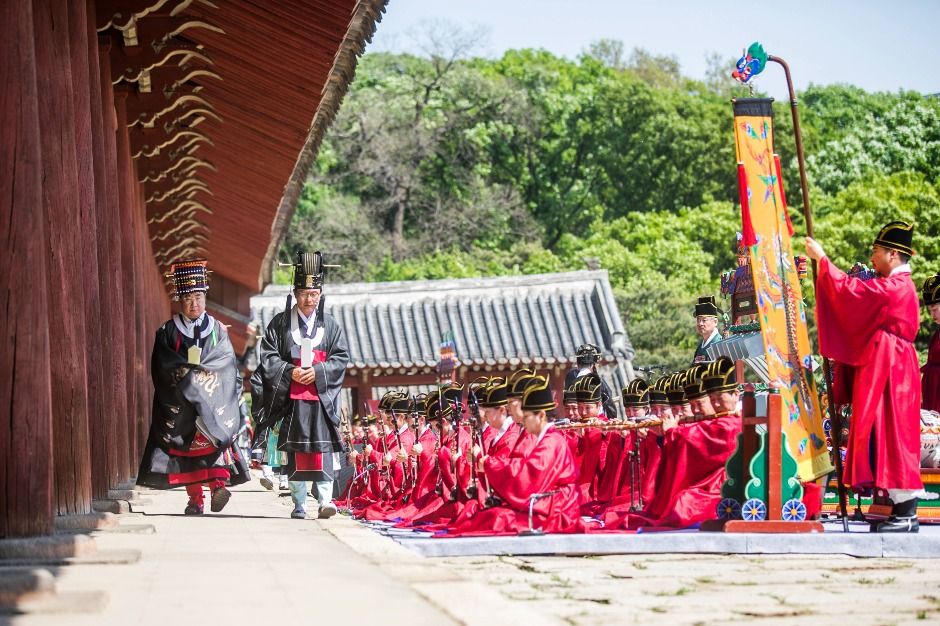
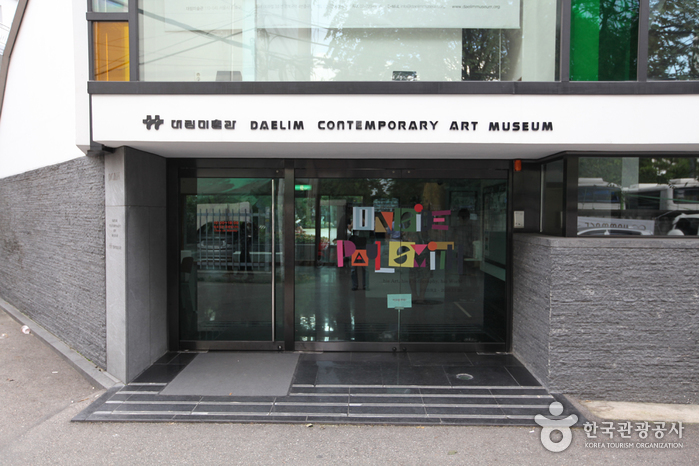
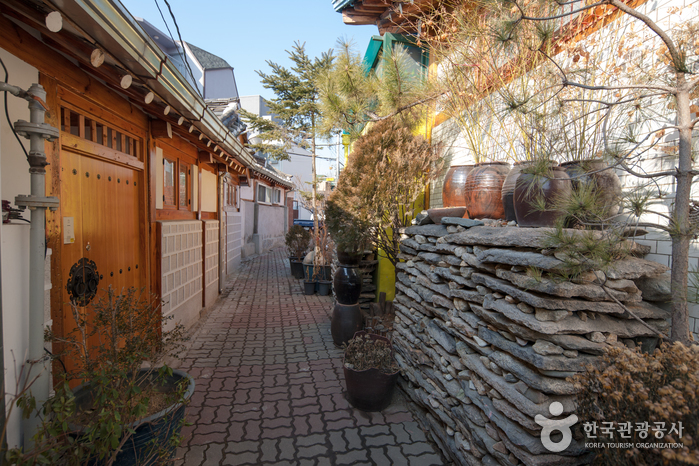

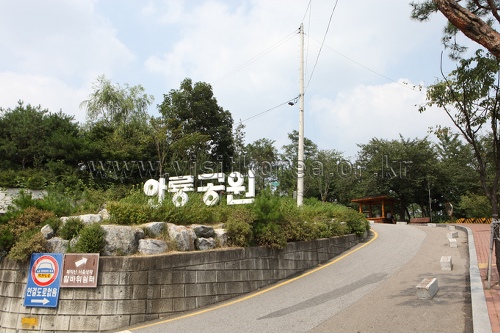
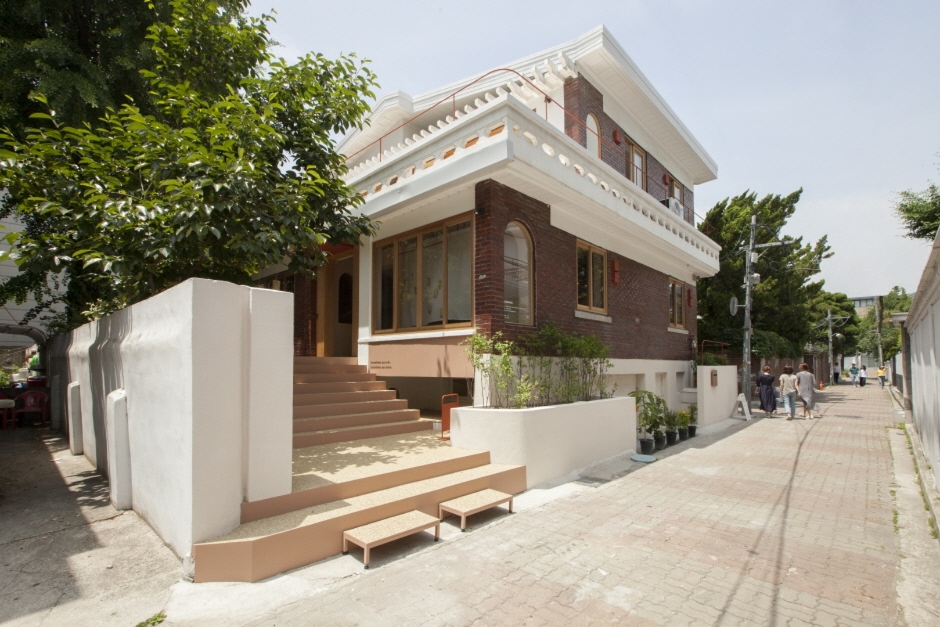
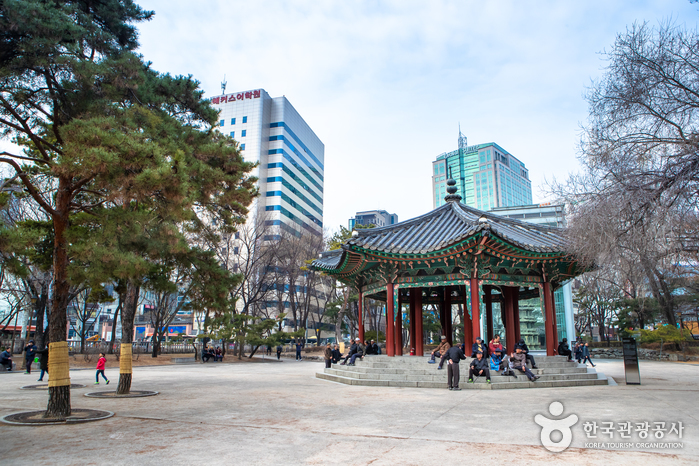
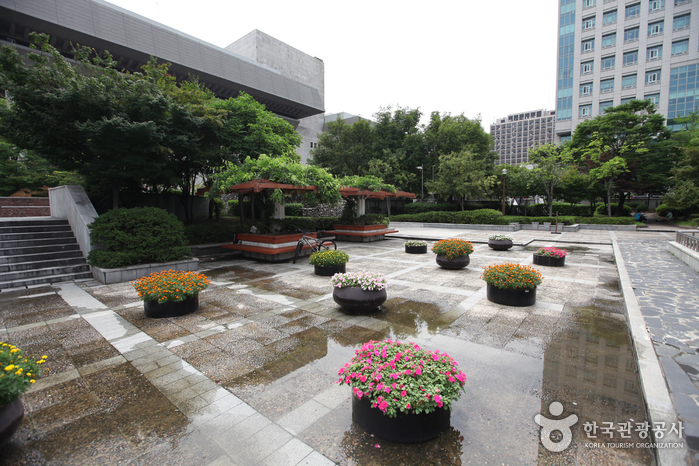
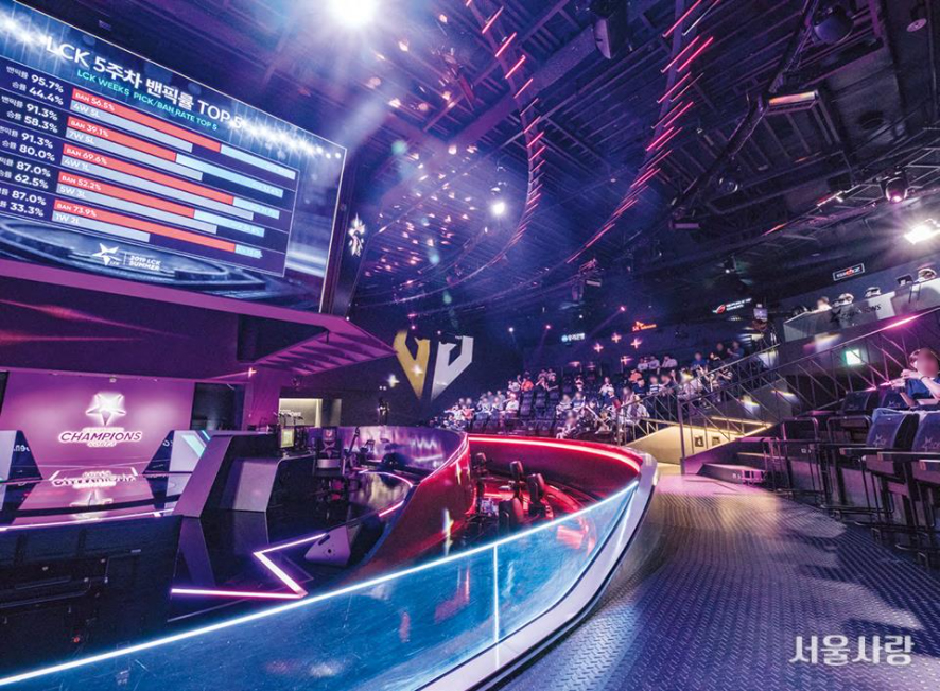
 Español
Español
 한국어
한국어 English
English 日本語
日本語 中文(简体)
中文(简体) Deutsch
Deutsch Français
Français Русский
Русский